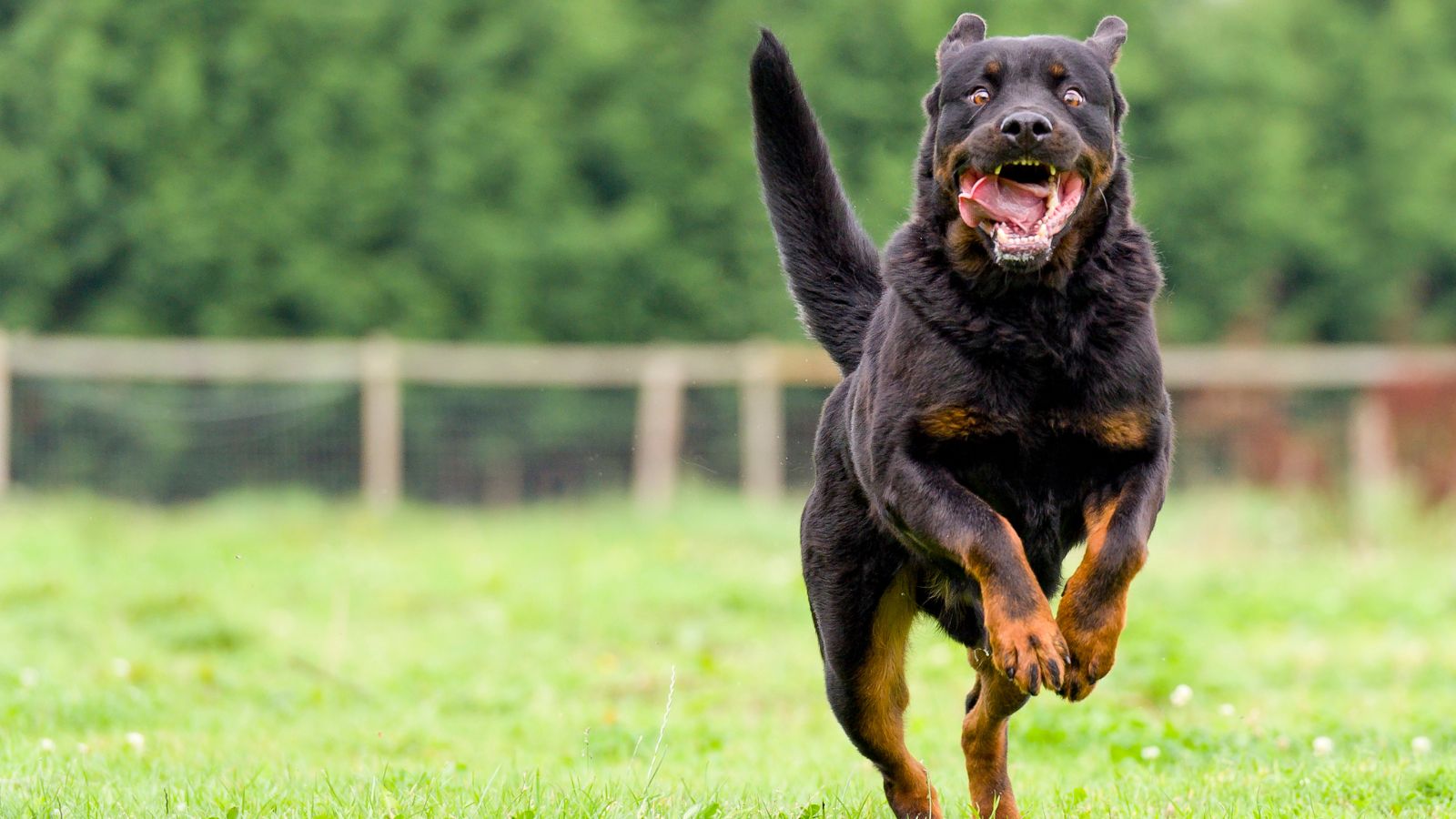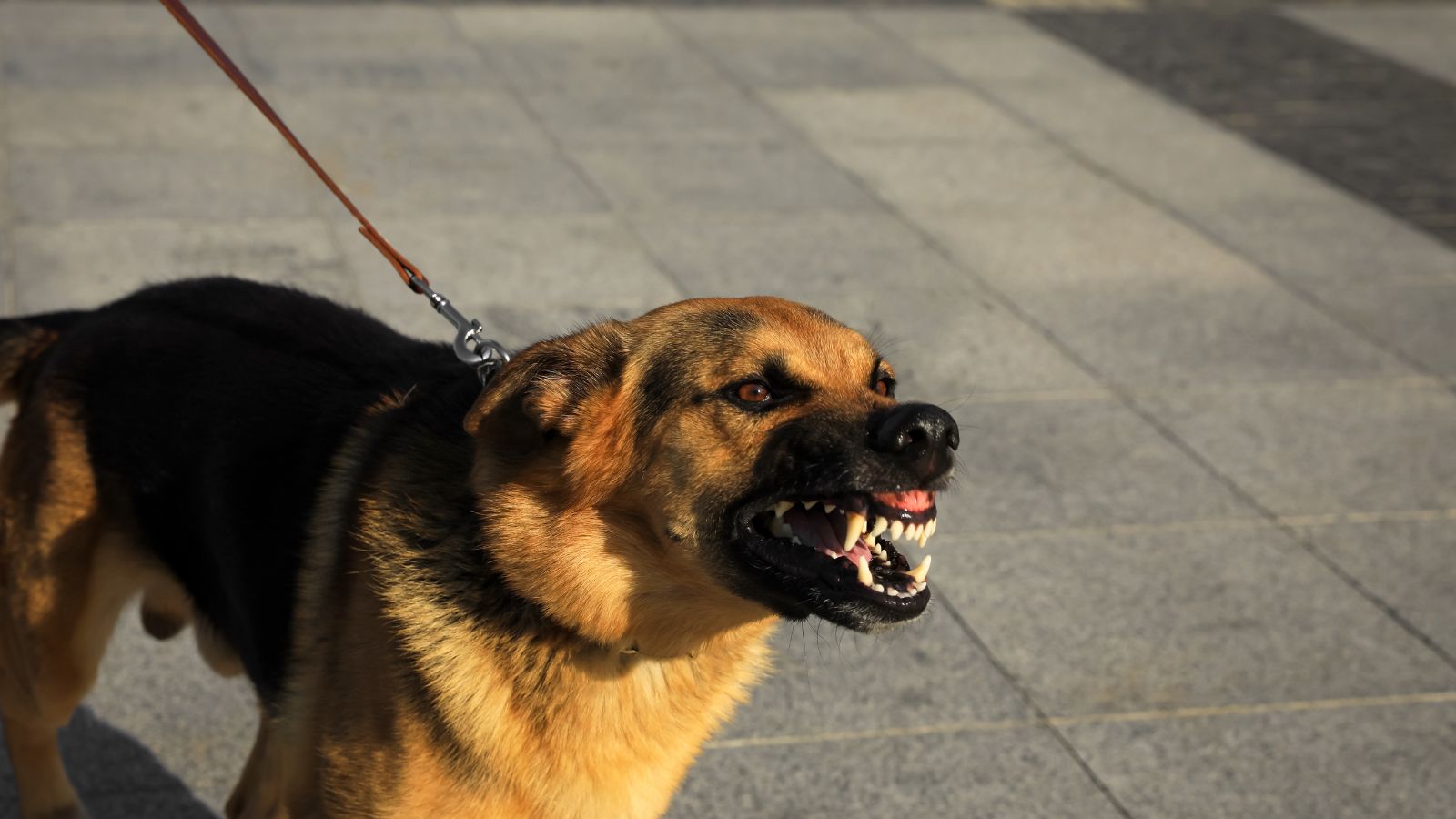Man’s best friend can sometimes be a bit more than we bargained for. While dogs are generally known for their loyalty and affection, some breeds have earned a reputation for being particularly dangerous. This isn’t to say that all dogs of these breeds are harmful, but statistics show they’re more likely to be involved in incidents than others.
In this article, we’re going to delve into the world of the 12 most dangerous dog breeds. We’ll explore what makes these breeds potentially hazardous, and discuss how their temperament and physical characteristics contribute to their reputation. Whether you’re a dog lover, a potential pet owner, or simply curious, this piece will provide an insightful perspective on these often misunderstood canine companions.
 12 Most Dangerous Dog Breeds
12 Most Dangerous Dog Breeds
Recognizing what classifies a dog breed as dangerous requires an intricate understanding. Two primary cornerstones constitute this criterion: the factors contributing to aggression and the necessity for appropriate training and socialisation.
Factors Contributing to Aggression
Determining aggression in dogs revolves around several intertwined factors. Breed instincts make up one of these influences – some breeds instinctively chase, catch and hold prey, qualities bred into them for centuries. Dogs belonging to such species, like Rottweilers and German Shepherds, often manifest aggression when these instincts aren’t catered for or controlled.
Secondly, size plays a crucial role. Dogs with substantial size and strength, such as Pit Bulls or Cane Corsos, present a higher risk of causing severe harm – even if the intention is merely playful. As an illustration, large breeds that are not overly aggressive, like Saint Bernards, may still be considered dangerous due to their sheer size and strength.
 The Pit Bull Terrier
The Pit Bull Terrier
The Pit Bull Terrier is among the breeds often labelled as ‘dangerous’. However, each dog within this breed has its unique temperament, influenced by factors such as training, socialisation, and handling. This section further expounds on the Pit Bull Terrier, exploring its historical origins, aggression statistics, and the general public perception.
Historical Background
Pit Bull Terrier’s origins can be traced back to England in the early 19th century. Combining the strength of the Bulldog with the agility of the Terrier, the breed was initially used in bull-baiting, a popular sport at that time. After the banning of this sport, Pit Bull Terriers were used in dog fights, which necessitated a high-prey drive and aggression. However, when raised in a proper environment, they can show affectionate and loyal behaviour, debunking the stereotype of them being purely aggressive.
In the realm of aggression statistics, Pit Bull Terriers often top the chart. According to the Center for Disease Control and Prevention, approximately 66% of fatal dog attacks in the United States between 2005 and 2017 were attributed to Pit Bull Terriers. Yet, irreversible factors like inappropriate handling, lack of training, and abuse influence these outcomes.
 The Rottweiler
The Rottweiler
Traits and Characteristics
Known for their build of absolute robustness, Rottweilers exhibit behaviours born from their history as some of Germany’s most coveted working dogs. According to the American Kennel Club, they’re of medium to large size, tipping the scales between 80 and 135 pounds as adults. These dogs nurture a great reverence for their owners, proving themselves to be stalwart protectors when the situation demands.
Due to their extraordinary intelligence, one can train a Rottweiler comprehensively, providing it with a positive environment that nurtures an obedient and affectionate behaviour. However, instances showcase that this breed demands a consistent hand in training, with proper socialisation being a primary requirement for maintaining their profoundly composed demeanour. Lack of sufficient training may lead a Rottweiler toward an aggressive attitude, a behaviour tied closely to their protective instincts.
Reports of Rottweiler-associated incidents present an evident representation of what can occur if this breed isn’t managed adequately. According to DogsBite.org’s 13-year study (2005-2017), Rottweilers were responsible for 314 attacks on humans that resulted in severe injury, including 113 child victims and 201 adult victims.